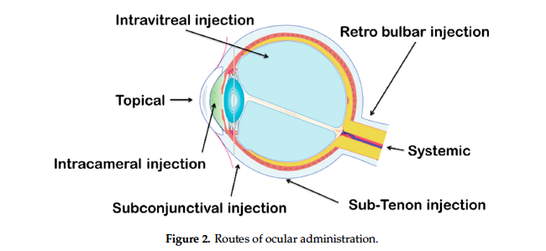- Home
- Blog
- News
- Basics
- Sources
- Agencies, Regulatory & Organisations
- CERSI Excipients Browser
- Excipient Report
- Excipient DMF List
- EXCiPACT Certified Companies
- Excipient Documentation
- Excipient EINECS Numbers
- Excipient E-Numbers
- FDA Inactive Ingredient List
- FDA GRAS Substances (SCOGS) Database
- IPEC Americas
- USP - U.S. Pharmacopeia
- Definitions
- Whitepapers / Publications
- Supplier
- Services
- Media
- Events
- 1st pharmaexcipients Poster Award
- Event Calendar
- Events featured by pharma-excipients
- 4th Annual Formulation & Drug Delivery Congress
- DDF Summit
- ExcipientFest Americas
- ExcipientFest Asia
- Global CompliancePanel
- International Conference and Exhibition on Pharmaceutics & Novel Drug Delivery Systems
- Formulation & Drug Delivery USA Congress
- Laboratory Medicine 2018
- Making Pharmaceuticals Europe
- Making Pharmaceuticals Exhibition
- Pharma Integrates
- PharmaExcipients China @CPhI China
- TTC Technology Training Center
- Jobs
- Online Sourcing
- Contact
26. January 2018
The last fifty years, ophthalmic drug delivery research has made much progress,
challenging scientists about the advantages and limitations of this drug delivery approach. Topical eye
drops are the most commonly used formulation in ocular drug delivery. Despite the good tolerance
for patients, this topical administration is only focus on the anterior ocular diseases and had a high
precorneal loss of drugs due to the tears production and ocular barriers. Antibiotics are popularly
used in solution
23. January 2018
Poloxamers, also known as Pluronics®, are block copolymers of poly(ethylene oxide) (PEO) and poly(propylene oxide) (PPO), which have an amphiphilic character and useful association and adsorption properties emanating from this. Poloxamers find use in many applications that require solubilization or stabilization of compounds and also have notable physiological properties, including low toxicity. Accordingly, poloxamers serve well as excipients for pharmaceuticals.
24. August 2017
Chemotherapy is one of the most conventionally used therapeutic interventions for treating various diseases. Chances of acquiring multidrug resistance in response to chemotherapeutic agents are exceedingly common among patients
06. April 2017
Abstract A stabilized high drug load intravenous formulation could allow compounds with less optimal pharmacokinetic profiles to be developed. Polyethylene glycol (PEG)-ylation is a frequently used strategy for particle delivery systems to avoid the liver, thereby extending blood circulation time. The present work reports the mouse in vivo distribution after i.v. administration of a series of nanocrystals prepared with the bead milling technique and PEG-ylated with DSPE-PEG2000 and Pluronic...
23. January 2016
This paper describes the preparation and the release properties of composite materials based on Pluronic F127 and gelatin hydrogels, which could be of interest in the field of enteral nutrition or drug administration. The composites were prepared by exploiting the opposite responsivity to temperature of a 20% w/w Pluronic F127 aqueous solution (critical gelation temperature around 23 °C) and gelatin (gel–sol temperature transition around 30 °C). More



